Outlook did an issue after the 2003 World Cup, with Mandira Bedi on the cover page. The same was in appreciation of and celebration of women breaking through and entering the largely male-dominated world of sports.
The world of sports is largely gendered the world over and the sphere of cricket in India is no different. It remains not only dominated by the men’s cricket team but the biggest domestic event in the sport, the Indian Premier League (hereinafter IPL) has taken the objectification of women to the next level.
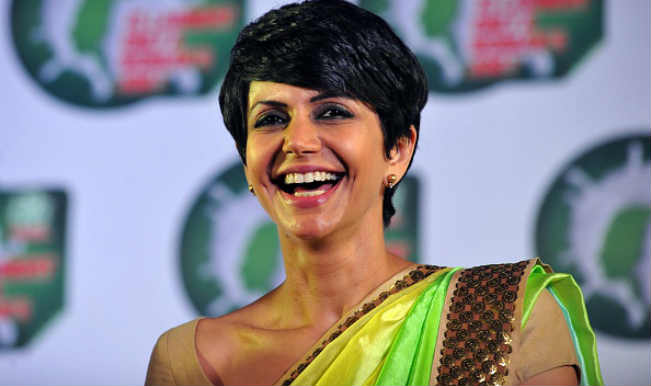
Image Credit: India.com
If we travel back in time to the time when Mandira Bedi became a sensation in the world of cricket, vivid imagery of a woman clad in backless blouses and tube tops, with her hair cut short, flashes across our minds. Not to take any credit away from Bedi for leaving a mark in the world of cricket commentary, particularly as she had no attachment to the sport whatsoever, but even if that appearance was empowering for her, one can always argue that her success can be attributed to her glamorous appearance. The objective was to add some ‘eye candy’ to the sport so as to attract a larger viewership.
Such a Mandira Bedi brand of cricket commentary was also latched on to by the IPL. The IPL however, came under the scanner for using such apparently glamorous women as anchors in the post and pre-match shows. All these women who found space in the world of IPL match presentations were established names in their respective spheres.
The IPL exploited the achievements of women such as Rochelle Rao, Karishma Kotak, Shibani Dandekar, who are well-known faces in the fashion industry. At the same time, the event was heavily criticized for it was said that these women were “blondes”, who knew nothing about the sport and whose presence took away from the intellectual appeal of the game.
This leads us to the inevitable conclusion that the presence of eye-candy to cater to the male gaze, for men are considered to be best capable of appreciating sports such as cricket, was crucial to the success of the IPL. At least, till 2017, the trend was such. Now, in 2018, these “glamorous” divas have gone to make way for the smarter women in the studio, women who know the sport better by virtue of having played it themselves.
Also Read: Yo Indian Cricketers, What’s In A Mother’s Name?
Yet, services to the male gaze continue for even these women who are intellectually equipped to comment on the sport so to say, have to adhere to the patriarchal standard of “glamour” and “presentation”. Mayanti Langer and now Isha Guha have managed to make their way into a world dominated by Harsha Bhogle and Sunil Gavaskar so far. Yet, the sports journalist and erstwhile English cricketer have to don a certain avatar, one that caters to this male gaze.

Mayanti Langer. Image Credit: CricTracker
While Langer comes from a background of privilege and is empowered enough to eliminate gender from her identity as a sports journalist, the same cannot be said of the cheerleaders, who were also advertised by the IPL, in their wake to attract greater consumption of the sport. Very recently, Formula One managed to get rid of its “grid girls” and cheerleaders, for the practice was considered to be demeaning and sexist.
The IPL however, continues to employ “exotic” foreigners and women who conform to the artificially set societal standards of beauty to dance their way through the matches. From an optimist’s point of view, there does exist a consolation. One franchise also employs men as part of the cheerleading squad.
It’s funny and ironic how this tokenistic move does nothing to address the issue of the practice itself being humiliating to the cheerleaders but is hailed as egalitarian by those who refuse to see the woods for the trees. According to Close Reports, the cheerleaders are paid USD $100 (7000INR) for every match, whereas the players are paid in millions.
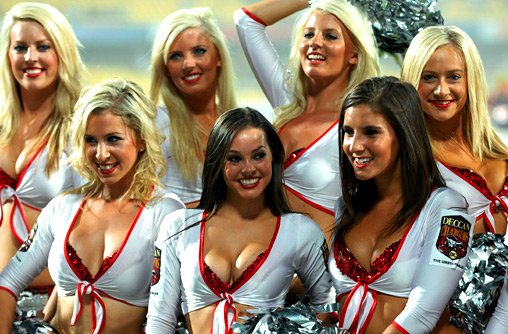
Deccan Chargers cheerleaders. Image Credit: FoxBuff
This practice of cheerleaders in the matches too, came under the scanner for it was argued that players “get distracted” due to the presence of these “dancing women”. This hideous line of allegations also found its way into the public perception when society’s moral police shamelessly blamed Anushka Sharma for India’s loss in the World Cup Semi-Finals, in 2014.
Thus, we come to the popular term that has gained immense traction following the IPL, that of “WAGs”. WAGs or wives and girlfriends of cricketers are now allowed to accompany them on tours and the cameraman does a beautiful job of capturing each change in emotion on these dutiful women’s faces, during the matches.
Yet, no-one seems to realize how the coining and usage of terms such as WAGs, places the identity of these women in concrete, by way of association with these cricketers. They are once again, confined to identifying themselves through their husbands, their identities and their emotions are governed by how the player performs on the field.

Image Credit: YouTube
The three examples discussed here, of the presenters, the cheerleaders, as well as the WAGs, show how the IPL indulges in the blatant objectification of women. Some of these women are even essential to the success of the event yet, their contribution is tailored to meet the demands of patriarchal society.
The rules in the sport of cricket are dynamic and have evolved with time. The helmets have changed to offer maximum protection to our players. It is time for the sport and for the Indian Premier League, in particular, to change its practices and stop such objectification of women in an attempt to sell their combination of cricket and entertainment.
Also Read: How Does Mainstream Media Represent Sportswomen?
Featured Image Credit: Cricket Trolls
About the author(s)
Yashvi is a corporate lawyer based out of Delhi.
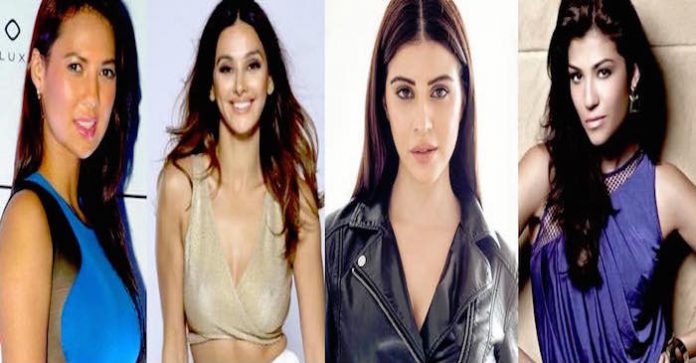
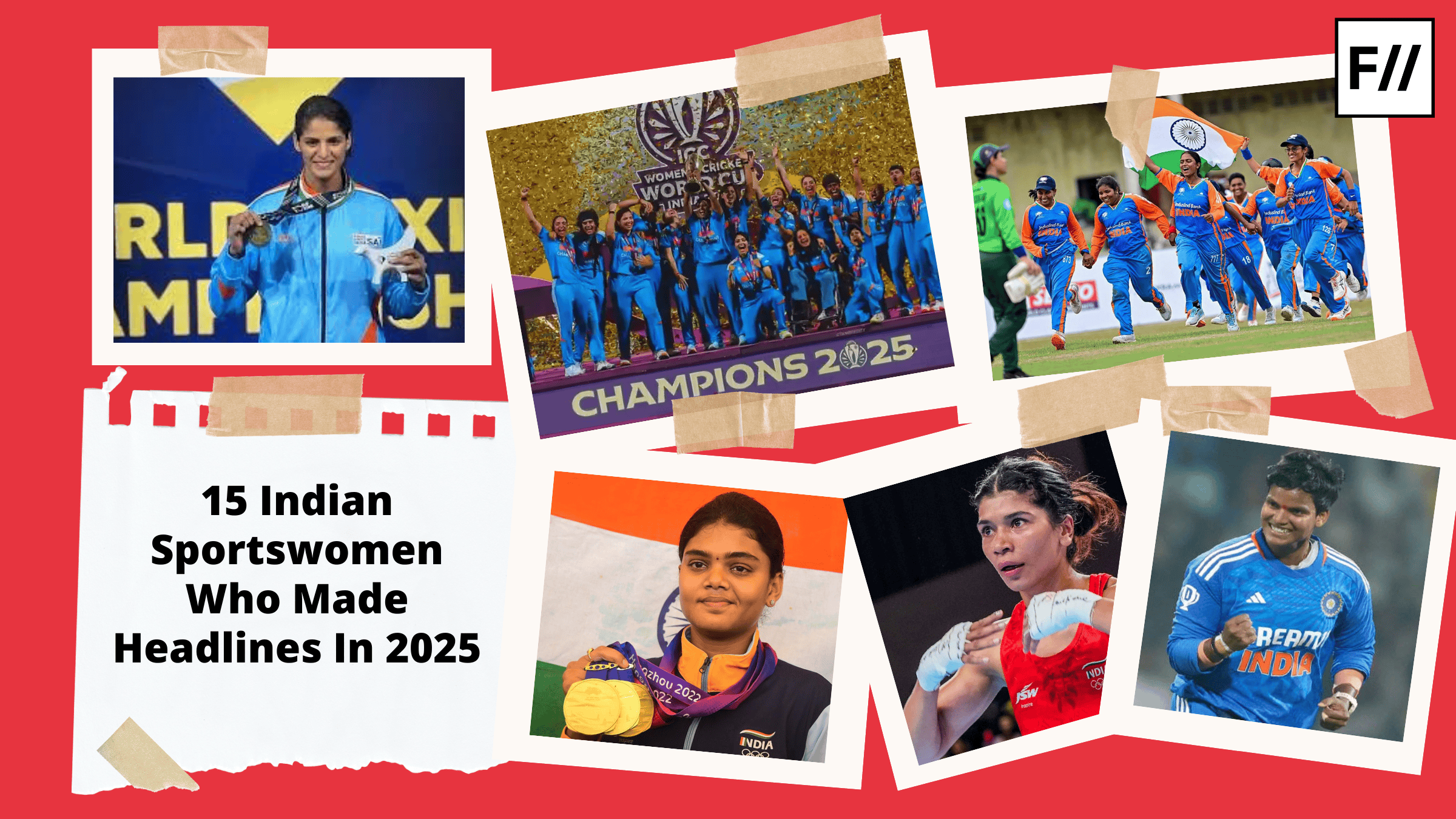
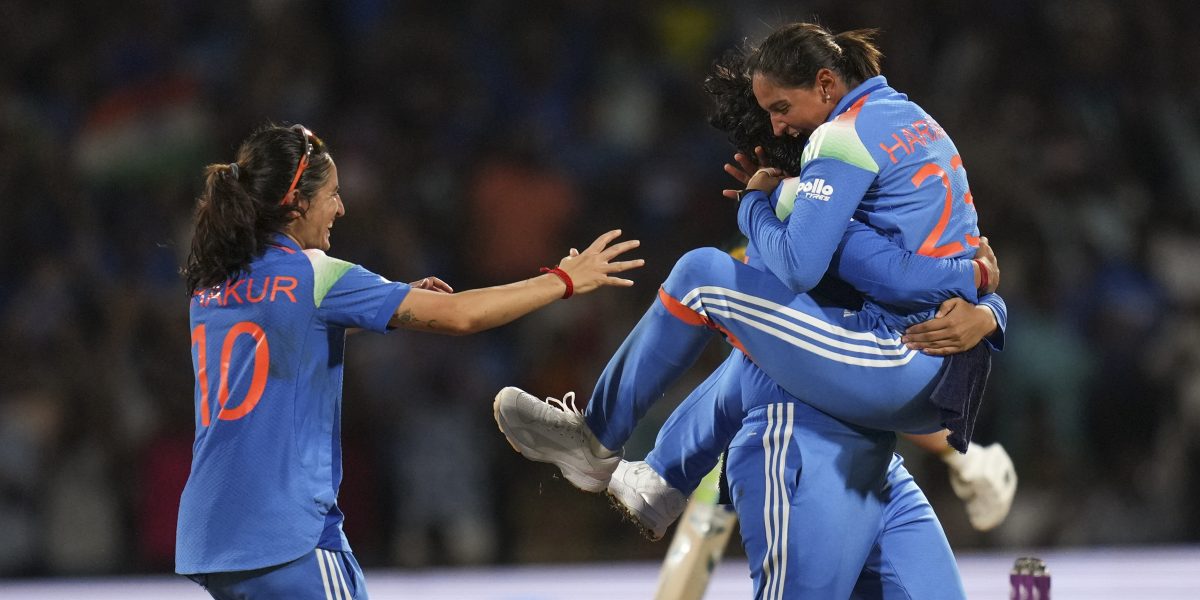
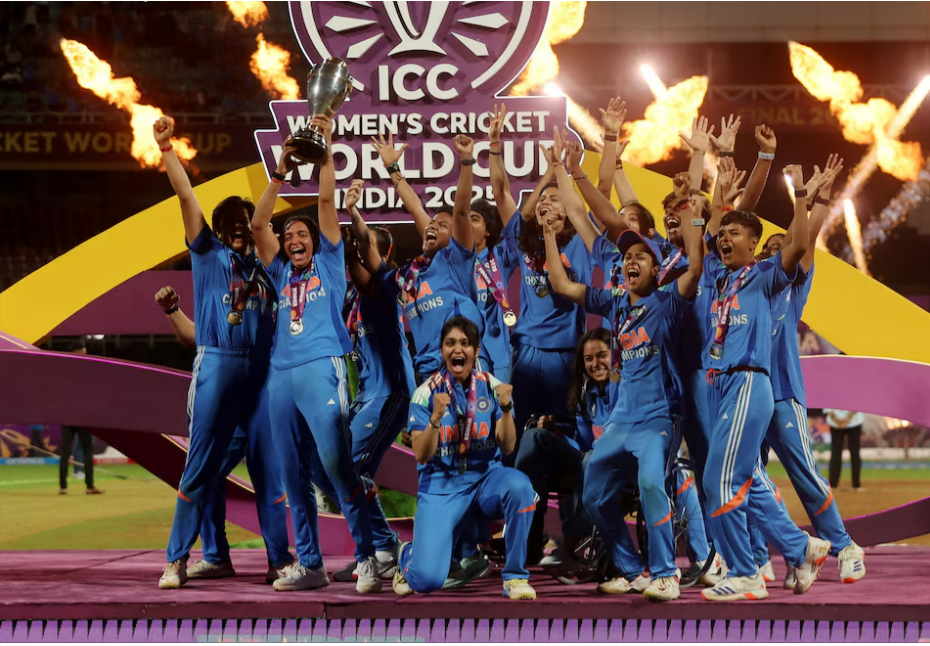

Doesn’t anyone blame the cheerleaders who willingly used their bodies for money?
very nice post and useful info, thanks for posting this kind of articles. I like Indian premier league, You Also Like IPL 2020 So Then join Vivo IPL 2020 Live